Cognitive behavioral therapy helps guide thoughts, actions
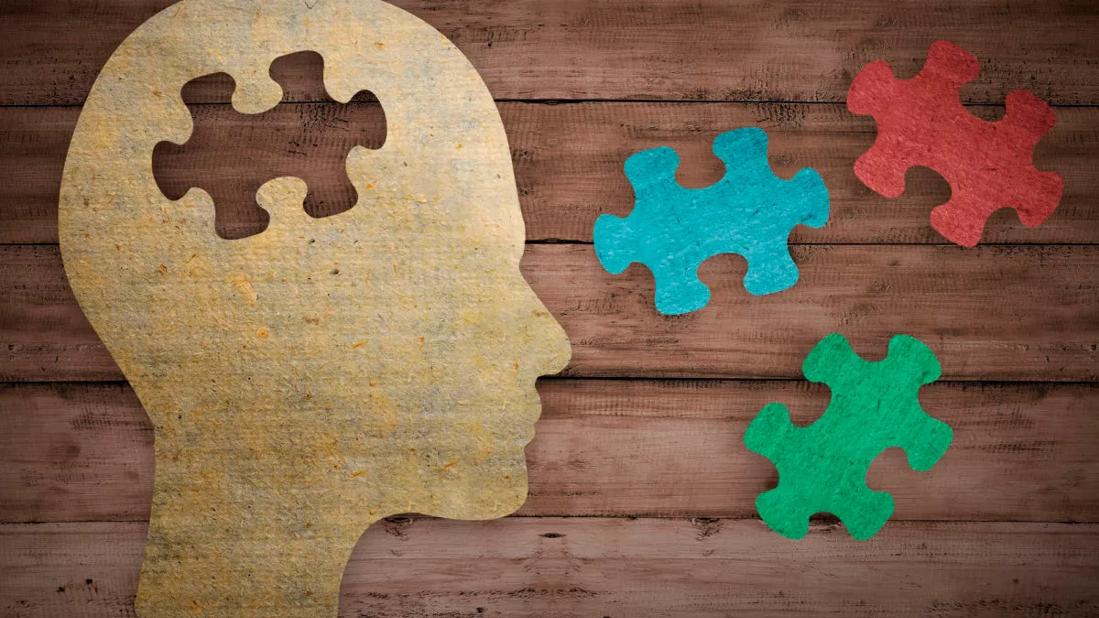
Want a drug-free way to help you manage pain? Cognitive behavioral therapy (CBT), which involves improved self-talk and a practical approach to problem solving, is best known for helping people with anxiety and insomnia. CBT may also help ease chronic pain.
Advertisement
Cleveland Clinic is a non-profit academic medical center. Advertising on our site helps support our mission. We do not endorse non-Cleveland Clinic products or services. Policy
CBT is a short-term, goal-oriented form of talk therapy. The goal is to learn new ways of managing pain through relaxation techniques and coping strategies. What’s interesting about this drug-free approach is that it recognizes that pain can have different triggers in different people.
According to pain psychologist Jill Mushkat Conomy, PhD, “CBT recognizes that each person is unique and their pain and its consequences are unique to them.”
She uses CBT to help patients develop skills for managing the impact of pain on their life or to help them to learn to live with a new orthopaedic implant.
CBT starts at the root of many problems: a person’s thoughts.
For example, we can focus on dysfunctional thoughts — the things we tell ourselves — that may reflect all-or-nothing thinking, catastrophizing (in which we believe something is worse than it actually is), or other ideas that can lead us to choose self-defeating options.
“In the case of pain, a person may say to themselves: “‘I’ll never be any better,” with the subsequent thought, “why bother?” The subsequent behavior becomes: Do nothing,” Dr. Mushkat Conomy says.
We can then use CBT to break down that statement. A person can realize those thoughts are not true. Instead, they might realize: “I have had better days since this happened, and some days I have setbacks, but that does not mean I will never be better.”
Advertisement
Then, we may explore what made some days better than others, and apply those skills to make improvements.
“A big part of this centers on helping people regain control over their lives. Often what they tell themselves makes them feel that they have no control and the pain is in control,” Dr. Mushkat Conomy says.
Here’s an example of how you might use CBT to deal with back pain. To help weigh the options, you could take a piece of paper and write:
| Options | Consequences |
|---|---|
| Take medication | May help but can cause drowsiness. Feel less in control. |
| Exercise | May help, but results not immediate. Feel more in control. |
| Improve sleep habits | Have more energy, feel rested. |
| Options | |
| Take medication | |
| Consequences | |
| May help but can cause drowsiness. Feel less in control. | |
| Exercise | |
| Consequences | |
| May help, but results not immediate. Feel more in control. | |
| Improve sleep habits | |
| Consequences | |
| Have more energy, feel rested. |
By writing down options, and anticipating possible consequences, it becomes easier to make better choices. This is a better alternative to providing self-statements that provoke feelings of hopelessness and helplessness.
“Look at what worked before, what didn’t, what could be done differently, and what is the worst that can happen if I try?,” says Dr. Mushkat Conomy.
“For women, issues of family stress, weight gain and sexuality can be front and center when it comes to the onset of pain,” she says. “When meeting with patients, I share a long list of biological, psychological and social issues to consider for us to get the conversation started.”
As she reviews these factors, she works with patients to develop skills for managing the challenges of living with pain. “CBT helps patients feel more in control of their pain,” she says.
Advertisement
Learn more about our editorial process.
Advertisement
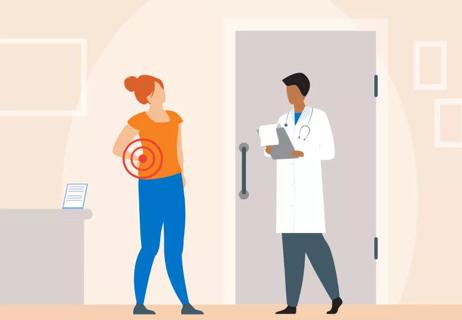
Arthritis, migraines and endometriosis are common causes of chronic pain
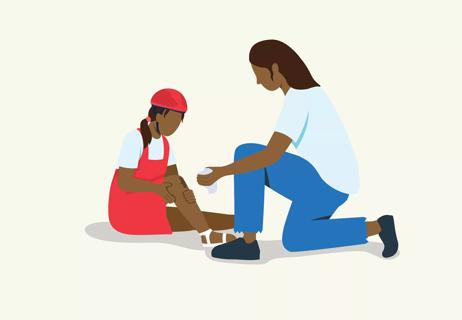
Not all signals of physical pain actually make it to our brains — and you have some power over it
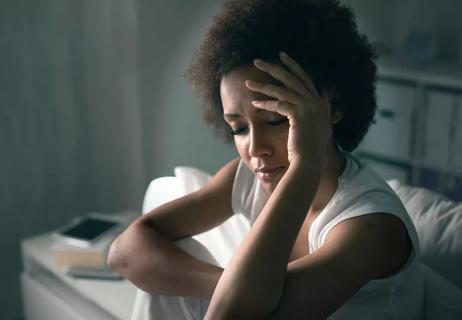
Therapy helps pain sufferers get their sleep
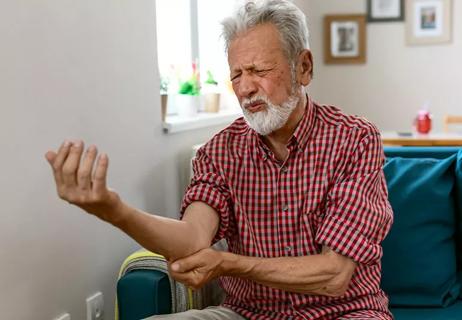
Debunking common myths so you can live your fullest life
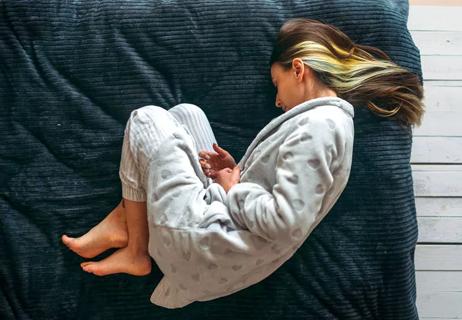
Research shows that the pain experience differs for women and men

The Short Answer from a pain specialist

Both can help reduce pain, but they’re very different in terms of origins, philosophies and practices

Ease pain and stay active by keeping your spine in its proper position

Type 2 diabetes isn’t inevitable with these dietary changes

Applying a hot or cold compress can help with pain